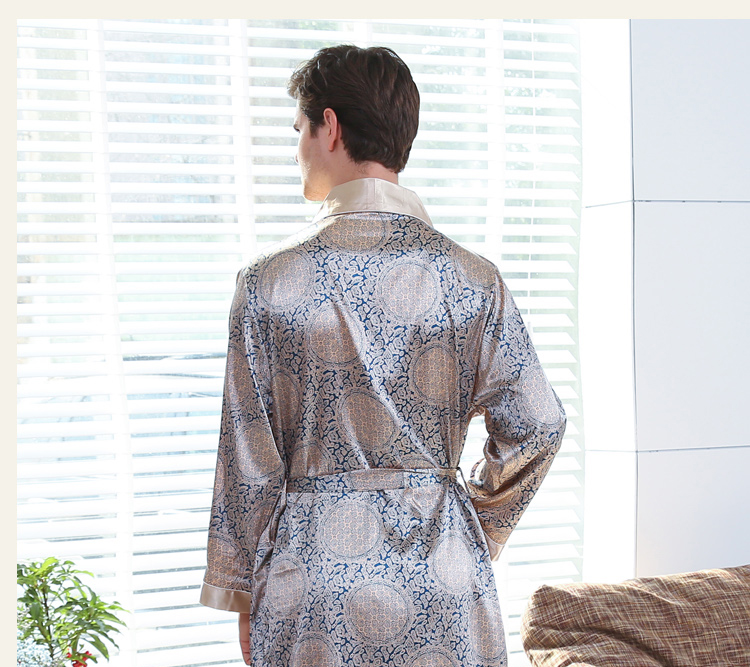Description
▼Buy it on▼
▼Note▼
We have stores running on both ebay and amazon. If you are new customer or you feel not credible for our website store, you can also click the above buttons and go to our ebay store or amazon store. The mainstream platform can give more reliability, but products may have higher prices there as these platforms charge additional fees.
Product Brief
Size Table

Shipping

▼Turquoise Color▼
▼Gold Color▼




▼Silver Color▼
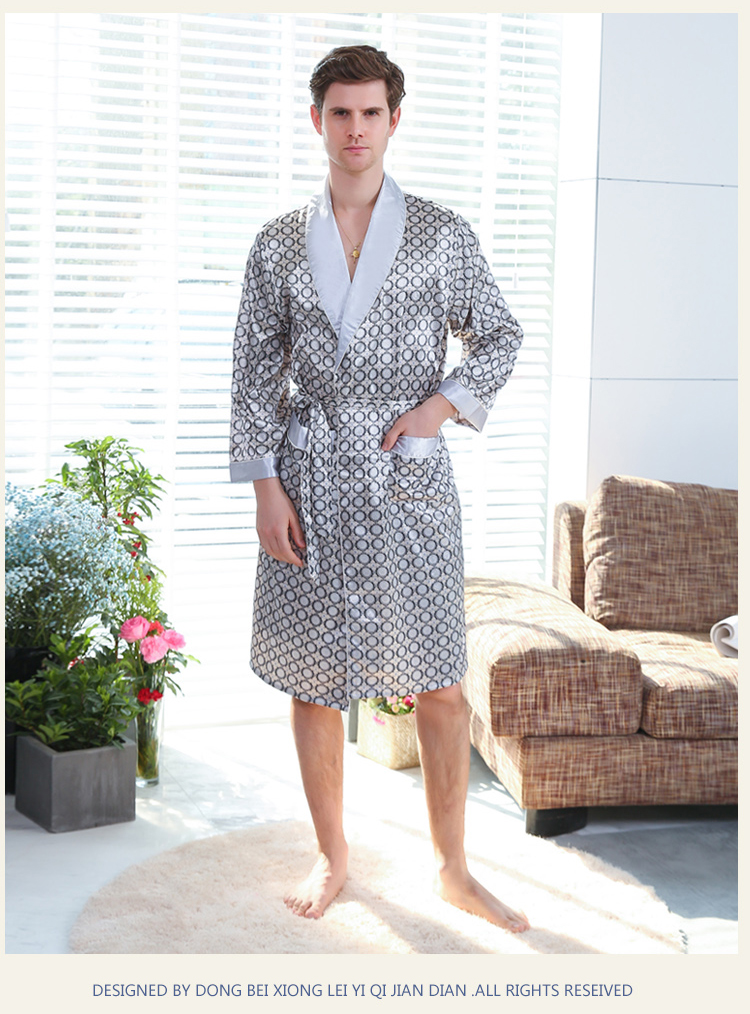
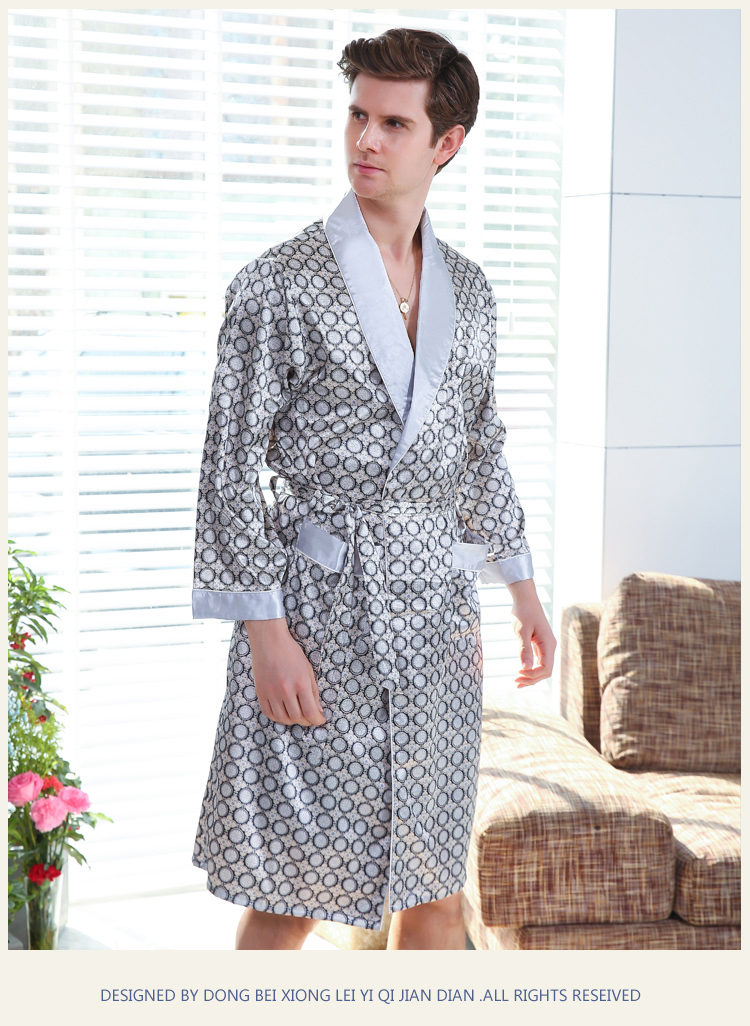

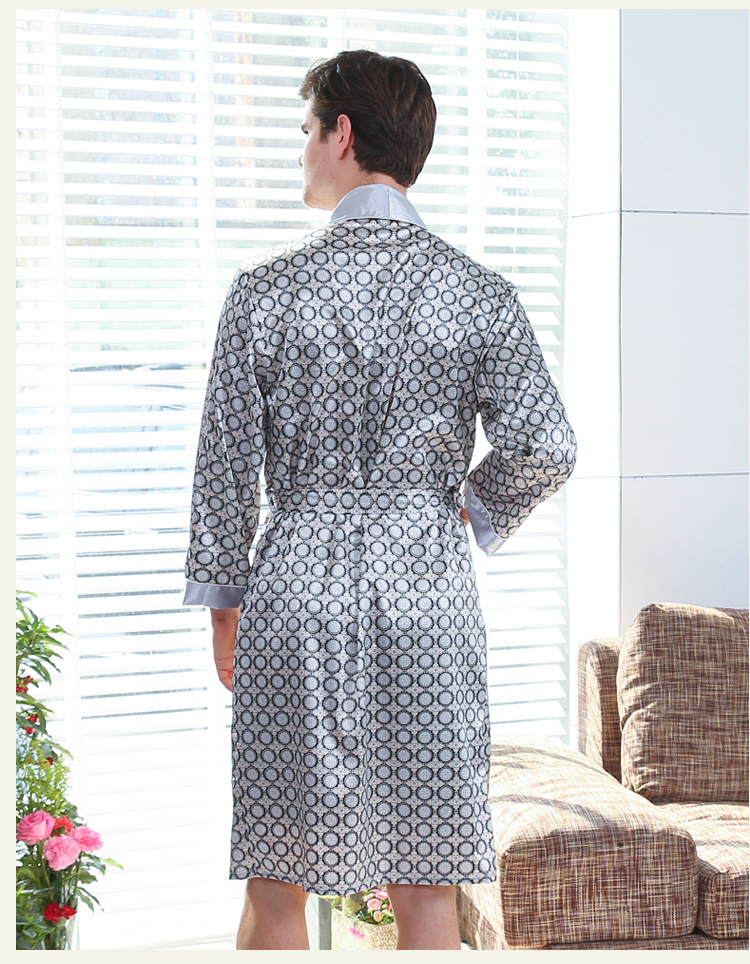

▼Red Color▼




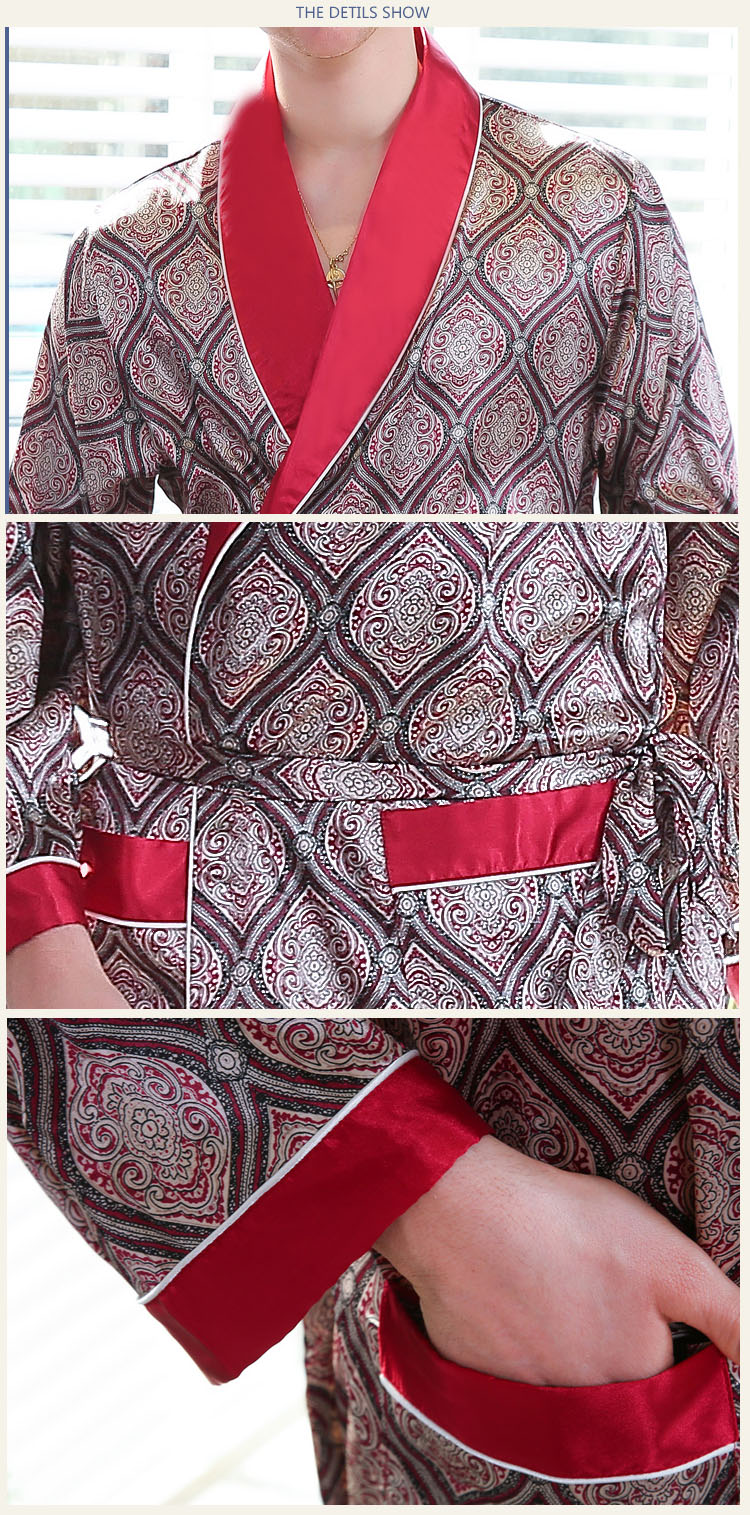
Hangzhou Silk
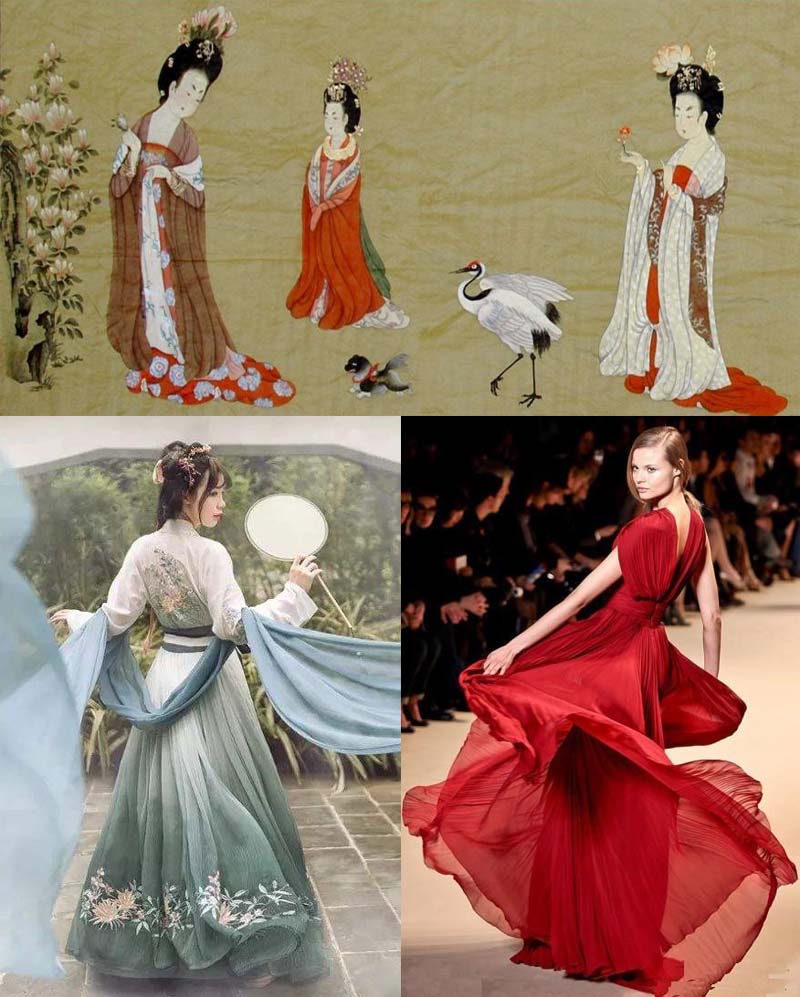
The city of Hangzhou is generally regarded as the cradle of Chinese silk culture and production, and it has been a centre for manufacture and trade of silk products for thousands of years. Early in the 2nd Century BC, Hangzhou silk was introduced to foreign countries via the Silk Road.
Hangzhou silk is famous for its soft texture, shiny color, and fine, smooth feel. Today the city inherits and extends this tradition, and produces a wide variety of silk products for both domestic and international markets.
What is Mulberry Silk? Why choose Mulberry Silk?


Mulberry silk is the highest quality silk you can purchase. It is made from silkworms that are raised in captivity under exacting conditions. It is also the most expensive type of silk.
What makes it so expensive and why is it superior to other types of silk? Let me start by telling how mulberry silk is made, a process the Chinese developed thousands of years ago and have perfected, making them the world’s experts in producing the finest silk.
Mulberry silk is made from the silkworms of the Bombyx mori moth. The moth has one job to do and that is to lay eggs. After it lays about 500 eggs, its job is finished and it dies. The tiny pinpoint size eggs are kept at 65 degrees Fahrenheit with the temperature slowly and carefully raised to 75 degrees Fahrenheit to hatch the eggs.
The tiny silkworms that are born are then fed an exclusive diet of mulberry leaves 24 hours a day, 7 days a week (mulberry leaves are the only food the Bombyx mori moth will eat). After about a month of the constant gorging on the mulberry leaves, the silkworms will have increased their weight about 10,000 times and will have built up enough energy to start spinning their cocoon. It takes anywhere from three to as long as eight days for the silkworm to weave the cocoon.
The cocoons are then kept in a warm place for several days. Great care is taken to ensure the silkworms do not hatch into moths because that would damage the cocoon and break the silk filament it has woven. To harvest the silk from the cocoons, they are place in water to soften the filament. The softened filament is then unwound from the cocoon. One filament can be up to 1,600 yards long. It takes 4-8 of the silk filaments woven together to create one mulberry silk thread.
The silkworms may have a short life with their only purpose to be providing silk, but those short lives are pampered ones. In addition to the constant fresh supply of mulberry leaves available to them, their environment is strictly controlled to prevent them from being subjected to loud noises and strong odors such as those from fish and the human odor of sweat.
The resulting mulberry silk thread is the strongest natural fiber in the world, making it incredibly durable. A silk fiber the same diameter as a fiber of steel is stronger than the steel.
The mulberry silk thread is also rounder, finer, smoother, and a lighter more uniform color than silk harvested from the wild where those silkworms have to eat whatever leaves and plants that are available to them.
Mulberry silk is also known as cultivated silk and bombyx silk but mulberry silk is the most commonly used term. It is also sometimes referred to it by its type which is thrown or reeled silk.
If you want the most luxurious, most durable, and finest silk bedding, look for silk sheets made with 100 percent mulberry silk and for silk comforters made with 100 percent mulberry silk floss.
A few other features of mulberry silk include it being 100 percent hypoallergenic and also being odorless and not needing any “airing out” before use like some of the lower quality wild silks.
How to wash mulberry silk clothing
1. Never, ever use bleach when washing your silk bedding. Bleach can be very damaging to silk and can cause the fabric to turn yellow. Remember, some detergents include bleach.
2. Do use ½ cup of distilled white vinegar in a second rinse cycle when washing your silk to help prevent yellowing of the fabric over time and to restore luster.
3. Do use a gentle detergent, such as Woolite or TENESTAR. Many eco detergents can also work well, such as ECOS. If you are hand washing your silk linen you can also use a gentle shampoo, such as Dr. Bronner’s Baby Mild Soap.
4. Never dry your silk in a dryer with any heat setting. You can use a non-heat tumble dry for a short period or a specific silk setting if your dryer has this option. Otherwise, we recommend that you hang dry silk indoors in a cool location as sun light can cause fading over time. If you are drying a smaller item, such as a pillowcase, you can use the towel method to help dry the fabric faster. Place a towel down and place your silk pillowcase on top. Then fold the edge of the towel over the silk and roll up the silk pillowcase and towel. Give it a gentle squeeze and then set aside to air dry.
5. Do use cold water when washing your silk linens. Hot water and silk don’t play well, so save the environment and your silk linen by using cold water.
6. Do use a small amount of Borax “if” you have hard water.
7. Do act quickly if you stain your silk linen. Spot cleaners designed for silk work best, but if you don’t have one of these on hand, try cleaning the stain with cold water and detergent (works great for protein stains, such as blood). For tough stains you can bring your linen to a dry cleaner. Just remember that the longer you wait the harder and less likely you will be able to remove the stain. (remember, do not ever use hot water with silk)
8. Do use a gentle or hand wash cycle when machine washing silk. If you have a top loading washer, be extra careful as top loaders tend to be much harder on fabrics (a wash bag is recommended). Front loaders are a better option and of course hand washing your silk is a safer option







